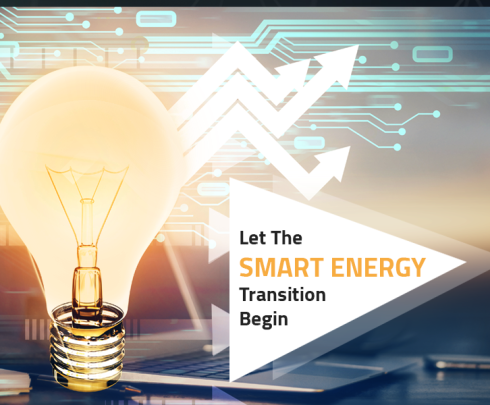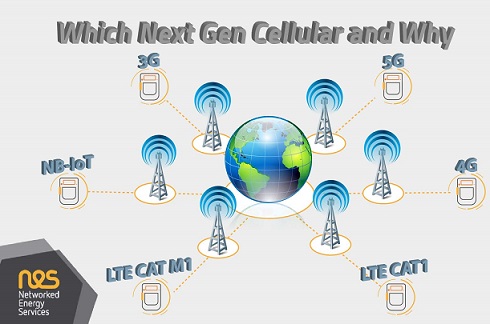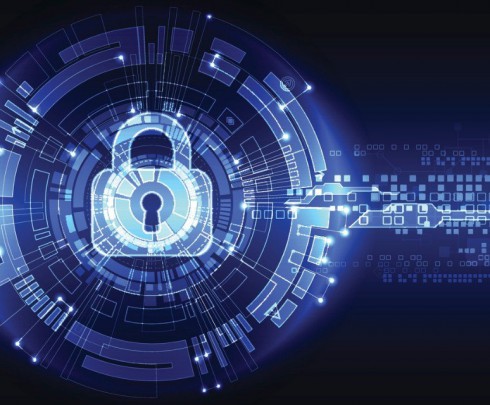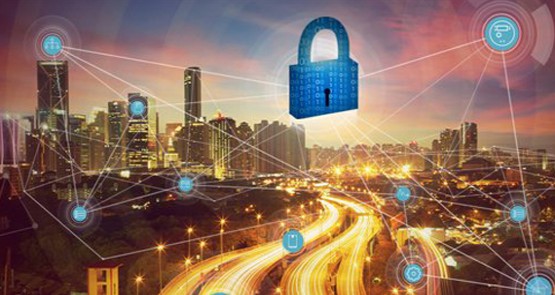
Managing the Smart Grid; Re-inventing the Wheel?
Dec 10, 2018As Smart Grids evolve, they start to look more and more like distributed IT and telecommunications networks.
Gone are the days where the Electricity Meter was simply a device to communicate consumption to generate bills – the latest generation of the Smart Meters are mini-computers, with IO and peripherals allowing them to connect to home devices, and on-board compute resource allowing monitoring, automation, control and analytics.
And the communications infrastructure is getting smarter with the latest generation of data concentrators providing very capable ruggedized compute platforms far into the field, with the ability to automate local energy brokering services.
This means that, suddenly, the functions and capabilities of the “nodes” in the Smart Grid are no longer static and defined by physical build. They are defined by configuration of software and firmware. There is a massive opportunity to innovate and create a Smart Grid; enabled by this flexibility, the function and performance of smart meters can be monitored and controlled remotely, and new services and capabilities introduced without needing to visit the customer. This is essential if the changes in the way we generate and use energy are to be enhanced by the Smart Grid.
This modernization brings its own challenges as well. As the equipment in the field becomes more sophisticated, how will monitoring, management and securing of these assets need to change?
The question is partially answered already – just look at the telecoms industry. 30 years ago, there was a phone, a copper cable connected to an exchange and some switching equipment, much of which was physical – you needed ear protectors to visit a telecoms exchange in the 1970s.
And then transformation! The switch becomes a DSL Access Module, the cable is often now coax or fibre, or sometimes replaced by radio, and the phone is replaced by a DSL Modem, and suddenly, the laptop, smart-phone and smart-home become the end-point that the consumer interacts with.
Utilities and the Smart Grid are perhaps 10 years into this same type of transformation, and so the industry should be asking…..
How did the telecommunications industry respond to this massive change?
.png)
The answer is that they implemented sophisticated, highly integrated network monitoring and management systems; addressing fault/performance management, inventory configuration management, service activation and engineering. Integration is facilitated through alignment to an overarching telecoms process model called eTOM, developed by the TMF, the Telecommunications Management Forum, and the associated information model (SID) and application framework (TAM). This means that the IT teams building these complex systems have a common language, and vendors can align their solutions to allow interoperability.
This was great for the new generation of equipment (no longer requiring headphones to visit), but then, just like with the Smart Grid, software started to dominate. At that point, the ITIL (Information Technology Infrastructure Library) family of processes, became essential. These apply problem and issue management, release management, configuration management, security and SLA management processes, which are essential in maintaining an IT network where software and IT platforms work together. (Does this sound like the Smart Grid that we are starting to see emerge?)
The TMF, recognising this transition, moved to embrace ITIL collaboratively, resulting in a set of standards which provide a framework for managing, monitoring and securing a sophisticated distributed, technological national resource – the telecommunications network.
The final transition was towards customer experience management; utilising the compute resource in the handset to monitor and control the quality of experience of the consumer. Now, management of telecommunications networks focuses on social impact, revenue impact and public image as much as technology.
So, what does this mean for Smart Grid? Well, instead of re-inventing the wheel, why not look at what the telecoms industry has achieved over the last 30 years, as they went through the same type of technological and social transformation that the energy industry is going through, only now?
It all starts with the intelligent devices in the field, just like in telecoms 30 years ago – select the Smart Grid solution providers that give you visibility of the infrastructure, the consumer’s service, the ability to control the service and the flexibility to adapt through software and firmware configuration. Focus on the parts of the infrastructure where visibility is hardest to achieve, such as the low-voltage grid, because, these are the areas where change is coming fastest, and will require agility to respond through remotely configurable devices.
NES supplies the most sophisticated and secure Smart Grid solutions available today, and its solutions form the foundation for any energy provider seeking to follow the path set by the telecommunications industry, as they transition from being a technology focused enterprise to a business driven by social impact, sustainability, security and customer experience.











